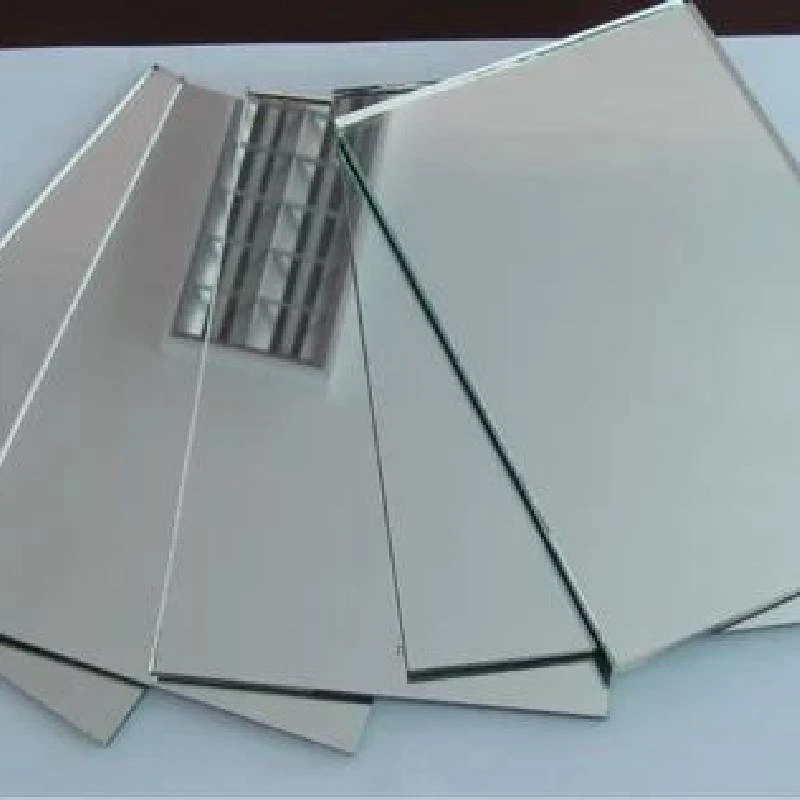

The Aesthetic and Functional Aspects of Reflective Glass Colors
In today's architectural and design landscapes, the use of reflective glass has transformed how buildings and structures are perceived, not just in terms of aesthetics, but also functionality. Reflective glass, with its shimmering surface and delightful color variations, offers a perfect blend of beauty and practical benefits. This article explores the various colors of reflective glass, their significance, and how they influence the overall design and functionality of buildings.
Reflective glass colors can range from soft, understated shades to vibrant, eye-catching hues. Common colors include blue, green, bronze, and silver, each carrying its unique charm and utility. These colors are not merely for decorative purposes; they serve critical roles in energy efficiency, comfort, and privacy.
Blue Reflective Glass
The blue reflective glass is perhaps one of the most popular choices among architects and builders. It conveys a sense of calmness and serenity, reminiscent of the sky and water. This color is particularly favored for modern office buildings and skyscrapers, as it reflects the surrounding sky and seamlessly blends with the urban environment. Furthermore, blue reflective glass can help in moderating heat gain, making buildings more energy-efficient.
Green Reflective Glass
Green reflective glass offers a fresh, organic aesthetic, often utilized in eco-friendly buildings and structures aimed at sustainability. It symbolizes nature, and its use can enhance a building's connection to its environment. Like blue glass, green glass also contributes to energy efficiency by reducing glare and controlling heat absorption, thereby lowering energy costs associated with cooling in warmer climates.
Bronze Reflective Glass

Bronze reflective glass provides a warm, inviting tone that is perfect for commercial and residential settings alike. It offers excellent privacy during the day while allowing ample natural light to enter the space. The rich, metallic hues of bronze glass can enhance a building's elegance and sophistication, making it a go-to choice for upscale establishments. Additionally, bronze glass has proven to be effective in reducing solar heat gain, thereby improving energy performance.
Silver Reflective Glass
The modern, sleek look of silver reflective glass appeals to contemporary design sensibilities. Its highly polished finish reflects the surrounding environment, creating a dynamic visual experience. Silver glass is often used in high-rise buildings and glass facades, where its reflective quality can mitigate the harsh effects of sunlight—reducing glare for both occupants and passersby. Moreover, silver glass offers excellent thermal insulation, contributing to the building's overall energy efficiency.
Functional Benefits
Beyond visual appeal, the colors of reflective glass also contribute significantly to a building's functionality. One of the most notable benefits is energy efficiency. Reflective glass can minimize heat absorption and glare, leading to reduced reliance on artificial lighting and climate control systems. This energy efficiency is not only cost-effective for building owners but also environmentally sustainable.
Another important aspect is privacy. Reflective surfaces can act as a shield, providing occupants a sense of security and seclusion from the outside world during the day. However, it is essential to consider that at night, when interior lighting is on, reflective glass may lose its privacy features, urging the need for additional window treatments or design considerations.
Conclusion
The color of reflective glass plays a significant role in architectural design, offering both aesthetic and functional advantages. From the tranquil blues to luxurious bronze and sleek silver, each color presents unique characteristics that cater to various environments and purposes. As architects and designers continue to explore innovative uses for reflective glass, its ability to shape our urban landscapes while enhancing energy efficiency and comfort will undoubtedly remain a vital consideration in modern construction. Whether adorning high-rise towers or cozy residential homes, the reflective colors of glass are not only a design choice but a statement of style and sustainability in our built environment.